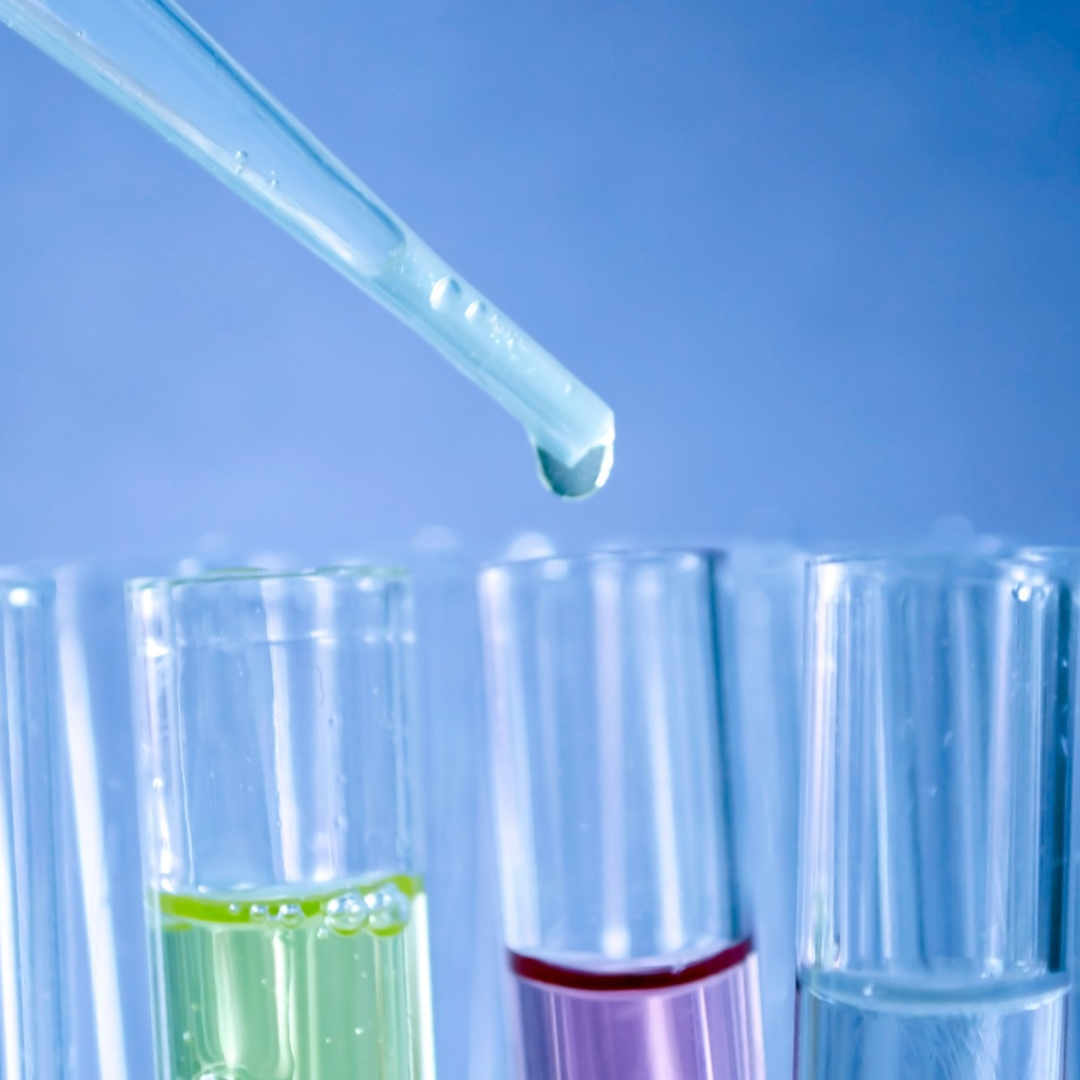In an era where environmental consciousness is paramount, understanding the footprints of our choices is necessary for creating positive changes, especially when considering the treatment of the ever-important life resource, drinking water. In this article, we compare the carbon footprint of drinking tap water, bottled water, and purified water. Does tap water leave a bigger carbon footprint than purified water or vice versa?
Tap Water, Bottled Water, And Purified Water & Their Respective Carbon Footprints
To begin, one must define terms; a carbon footprint refers to the total amount of greenhouse gasses, particularly carbon dioxide, that are emitted directly or indirectly by human activities. When it comes to the debate between tap water, bottled water, and purified water, the carbon footprint is a significant factor to consider.
The Carbon Footprint of Tap Water:
One might think that tap water has a lower carbon footprint than purified water; after all, it undergoes minimal processing, is not pure and often meets our lips using local infrastructure, right? The truth is that the carbon footprint of tap water varies, depending on factors such as the energy source used for treatment and distribution. A giant operational carbon footprint is required to sustain most mainstream water infrastructure. Most water treatment centers use an energy-intensive process to treat & pump water to homes chemically, and such energy use is what creates a heavy carbon footprint.
The Carbon Footprint of Bottled Water:
Bottled water has the highest carbon footprint of the three choices. According to Stanford Magazine, the Carbon Footprint of plastic bottle production alone surpasses the carbon footprint of other drinking water alternatives, not with standing added transportation and distribution considerations. Plastic bottle production requires a high-energy, high-heat, fuel-intensive process before purification steps are made to the water itself. Bottled water also contributes to the damaging effects of plastic waste on our environment; after all, most plastic bottles aren’t recycled. Plastic bottles end up in landfills and make their way to the oceans, polluting the waters and harming marine life.
The Carbon Footprint of Purified Water:
On the other hand, purified water that is produced by smaller-scale purification systems is likely to incur a lower carbon footprint than tap water or bottled water. Remove the tight regulations, chemical treatment of public drinking water, and welcome untreated tap water to your office sink! This could be the most environmentally friendly and efficient choice since tap water is readily available in this country. It makes sense to use tap water as a resource, knowing that it can be turned into purified water, right on site with a point-of-use water cooler!
Small-Scale Purification Techniques for Businesses:
For businesses seeking environmentally friendly alternatives, investing in small-scale purification techniques presents a viable solution. These systems not only reduce carbon emissions associated with transportation but also promote sustainability by minimizing plastic waste. The study mentioned earlier found that filtration systems have a lower carbon footprint than bottled water, making them an attractive option for businesses looking to reduce their environmental impact.
Providers of Purified Water and Economic Factors:
Companies like Optimum Water Solutions exemplify the intersection of environmental consciousness and economic viability. By providing efficient water purification systems tailored to the needs of businesses, they enable organizations to reduce their environmental footprint while also saving costs in the long run. However, economic factors such as initial investment costs and operational expenses can influence the adoption of purification systems. Nevertheless, the long-term benefits, both environmentally and economically, make it a compelling choice for businesses committed to sustainability.
In conclusion, the comparison between tap water, bottled water, and purified water underscores the importance of considering the carbon footprint of our daily choices. By leveraging innovative technologies and supporting environmentally conscious businesses, we can collectively work towards a more sustainable future for generations to come. Clearly. Pure. Water.



